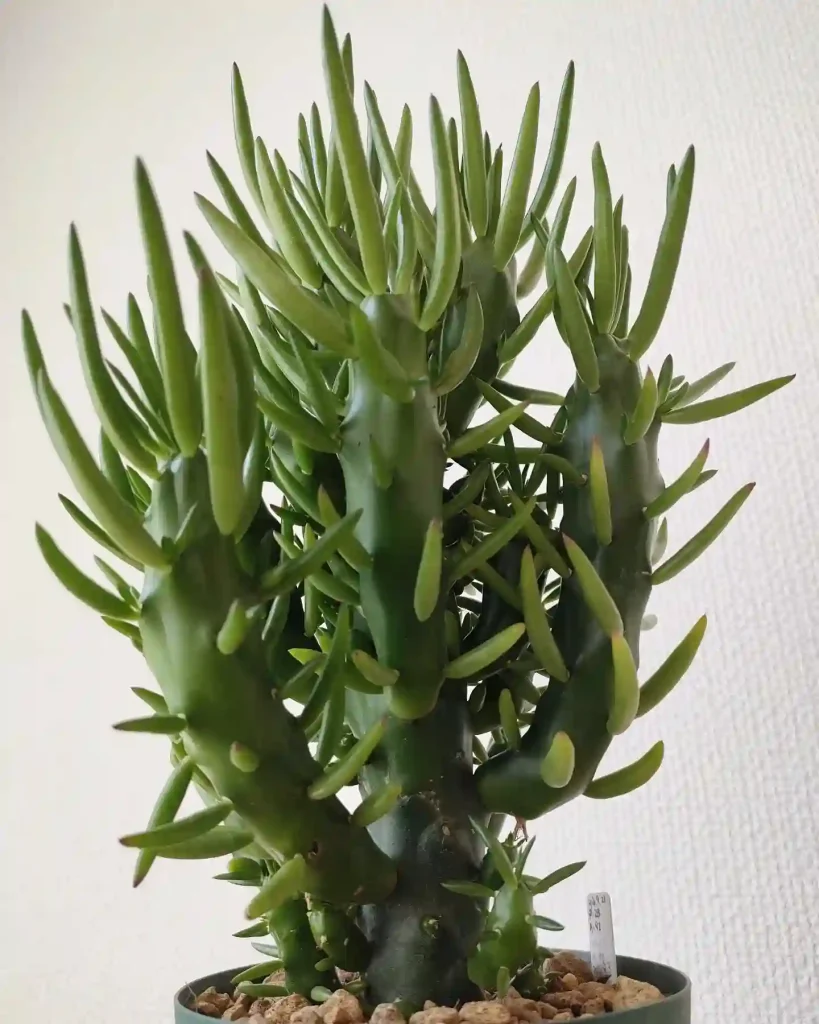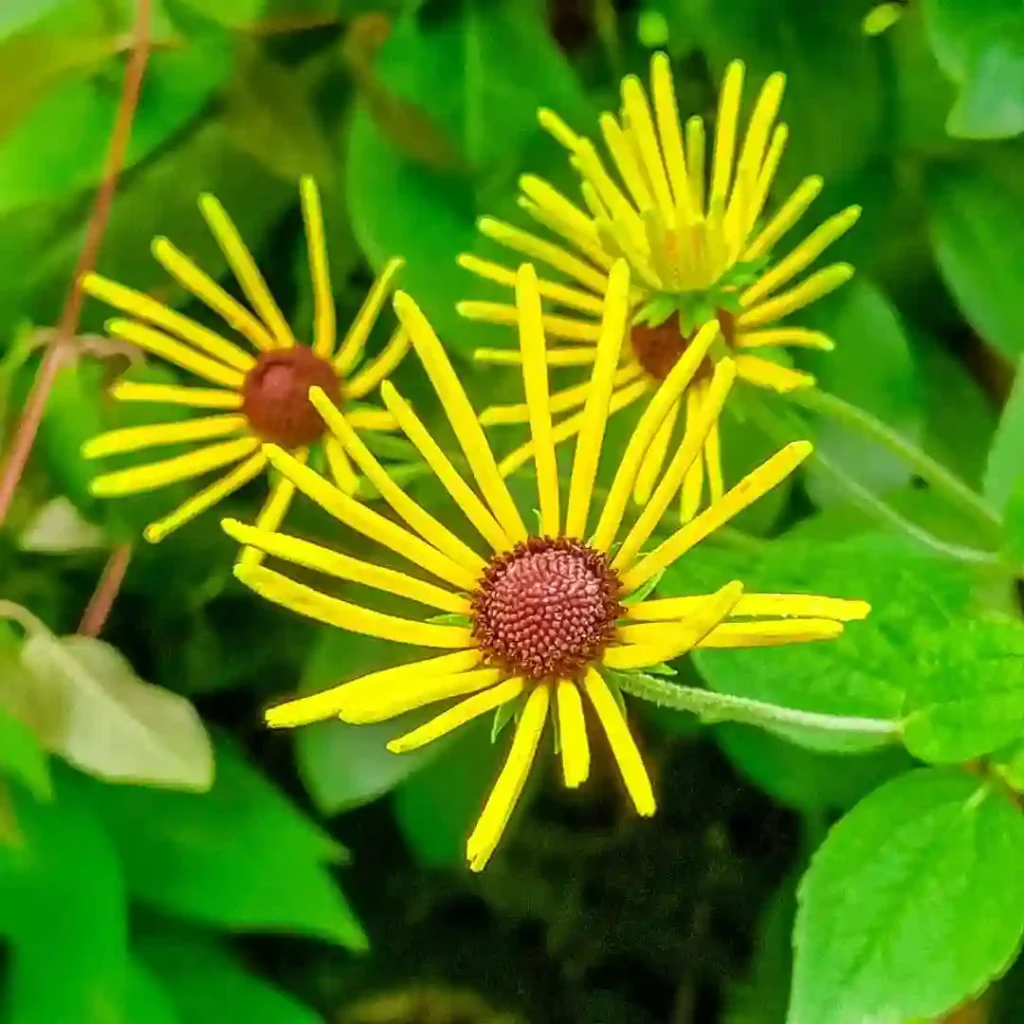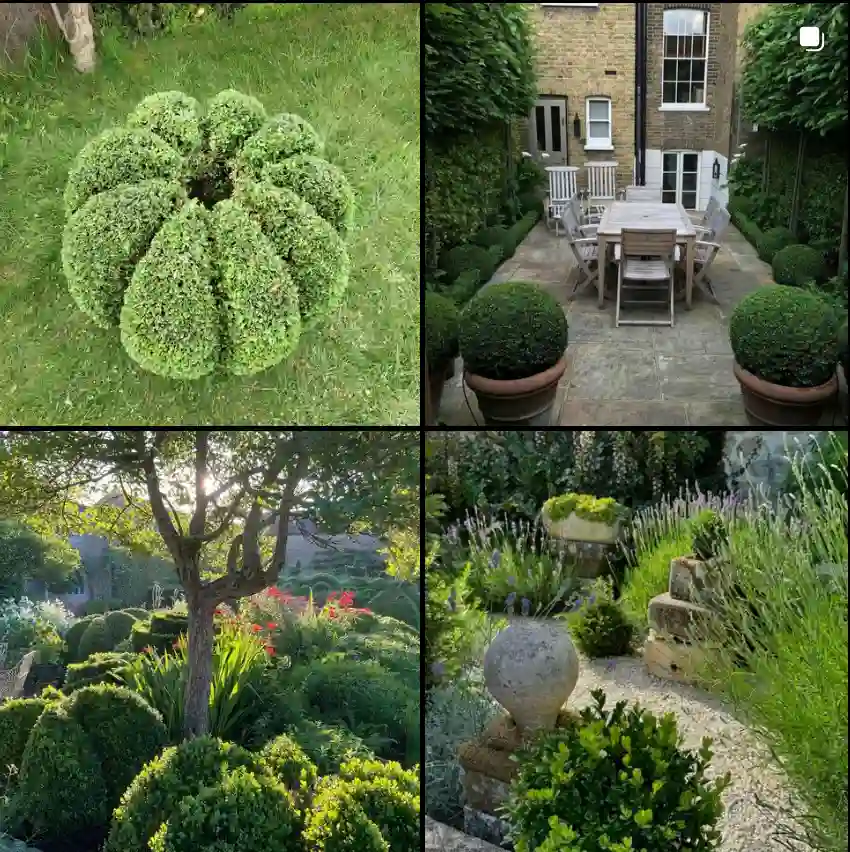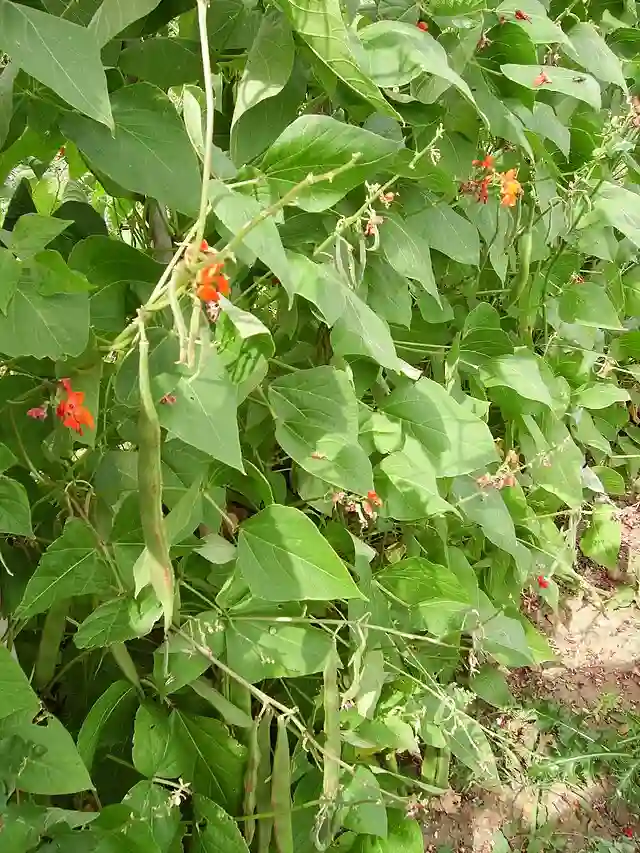Hydrilla Verticillata: A Deep Dive into the Underwater Menace
Hydrilla verticillata, often referred to simply as Hydrilla, belong to the Hydrocharitaceae family, is a submerged aquatic plant that’s been on my radar for its fascinating—and often problematic—role in freshwater ecosystems. This invasive species of the genus Hydrilla has a knack for resilience, adaptability, and rapid spread, which makes it a highly impactful plant in various aquatic settings. Here, I’ll explore its origins, characteristics, environmental impact, and why it’s worth understanding if you’re passionate about aquatic plant life or ecosystem management.
Origins and Spread: The Background of a Survivor
Hydrilla verticillata is native to Asia, where it was originally found in warm, nutrient-rich waters. However, its range expanded dramatically due to human activities. It’s believed to have been introduced to North America through the aquarium trade in the 1950s, and from there, it quickly established itself in freshwater lakes, rivers, and reservoirs. This spread can be attributed to Hydrilla’s unique resilience; it can tolerate a range of environmental conditions, including variable light levels, temperatures, and water qualities.
The plant’s invasive qualities are remarkable, with both vegetative and tuber-based reproduction. Tiny fragments can start new colonies, and it also produces tubers that can stay dormant in sediment for years, making it nearly impossible to eradicate once established. Hydrilla’s rapid spread is like an underwater wildfire, but instead of flames, we’re dealing with thick, green mats of vegetation.
Characteristics and Identification: What Makes Hydrilla Unique
Identifying Hydrilla verticillata is fairly straightforward once you know what to look for. The plant has long, slender stems that can grow up to 30 feet and form dense mats that reach the water’s surface. Its leaves are arranged in whorls of four to eight around the stem, with toothed edges giving them a serrated appearance. The leaves are often small, between 1 to 2 centimeters long, and they have a distinctive red or brown midrib, which makes them stand out from other aquatic plants.
One of the most intriguing features of Hydrilla is its ability to thrive in low light conditions. This plant can photosynthesize efficiently, even in murky or shaded waters, which gives it a competitive edge over native aquatic species. It also utilizes both sexual and asexual reproduction, allowing it to quickly colonize new environments. When I first encountered Hydrilla in a local lake, I was struck by its ability to carpet the bottom and alter the entire ecosystem dynamics. Hydrilla is adaptable, tenacious, and surprisingly effective at what it does best—taking over.
The Environmental Impact of Hydrilla Verticillata
Hydrilla verticillata is infamous for its environmental impact, primarily due to its aggressive growth and ability to outcompete native species. In bodies of water where Hydrilla takes hold, the native plant life often struggles to survive. The thick mats of Hydrilla block sunlight from reaching other plants, disrupt natural water flow, and reduce oxygen levels, leading to an environment that is less hospitable for many aquatic species.
For fish and other aquatic animals, this dense cover can alter habitat structures, making it challenging for native species to thrive. Predatory fish may find it harder to hunt, while smaller fish may lose the open spaces they need for feeding. Hydrilla can also change water chemistry by affecting pH levels and nutrient cycling, further complicating the delicate balance of freshwater ecosystems.
From my perspective, dealing with Hydrilla can feel like an endless battle. Once it establishes itself, it becomes nearly impossible to eradicate due to its ability to regenerate from even the smallest fragments and its extensive tuber system. This resilience means that even if one section of Hydrilla is removed, new growth can emerge from previously dormant tubers, creating a frustrating cycle for those trying to manage its spread.
Management and Control: Strategies and Challenges
Managing Hydrilla verticillata is no small task, and various methods have been explored to control its growth. Mechanical removal is one option, though it’s often temporary and comes with the risk of further spreading the plant if fragments are not contained. Herbicides can be effective, but they come with their own set of ecological concerns, particularly when it comes to harming other aquatic plants and animals. Biological control, such as introducing grass carp that feed on Hydrilla, has shown promise in some regions, although it requires careful management to prevent unintended consequences.
In my experience, the challenge of managing Hydrilla boils down to its regenerative ability and adaptability. Mechanical removal, for example, can feel like trying to empty a bucket with a hole in it—it’s an ongoing process without a clear endpoint. Herbicides are a double-edged sword; they may reduce Hydrilla temporarily, but they can also harm native plant life, which is counterproductive in the long run.
Hydrilla’s Role in Ecosystem Awareness
Encountering Hydrilla verticillata has made me more aware of the delicate balance required to maintain healthy aquatic ecosystems. While it may be easy to label Hydrilla as a villain due to its invasive nature, it also serves as a reminder of the broader issues surrounding ecosystem management, human intervention, and invasive species control. Hydrilla’s spread is largely a human-caused problem, and it forces us to confront the unintended consequences of our actions on natural environments.
One of the key lessons I’ve learned from studying Hydrilla is the importance of proactive management. Prevention is often more effective than attempting to control a plant that has already established itself. For anyone involved in waterway management or ecosystem conservation, understanding Hydrilla’s life cycle, growth patterns, and environmental impact is crucial for developing effective strategies that protect our freshwater resources.
Final Thoughts: Hydrilla Verticillata and the Future of Aquatic Conservation
As I reflect on my experiences with Hydrilla verticillata, I’m struck by the complexity of dealing with invasive species in aquatic environments. Hydrilla is a testament to nature’s resilience, but it also highlights the consequences of ecological imbalance. Whether you’re a casual nature enthusiast, a conservationist, or someone involved in managing freshwater ecosystems, Hydrilla serves as both a challenge and a call to action. Understanding and managing this plant requires a blend of scientific knowledge, ecological awareness, and a commitment to preserving our water ecosystems for future generations.
Hydrilla verticillata might be a small, unassuming plant at first glance, but its impact is far-reaching. Addressing its spread is not just about removing an invasive species; it’s about protecting biodiversity, maintaining water quality, and respecting the interconnectedness of our natural world.
If i die, water my plants!



